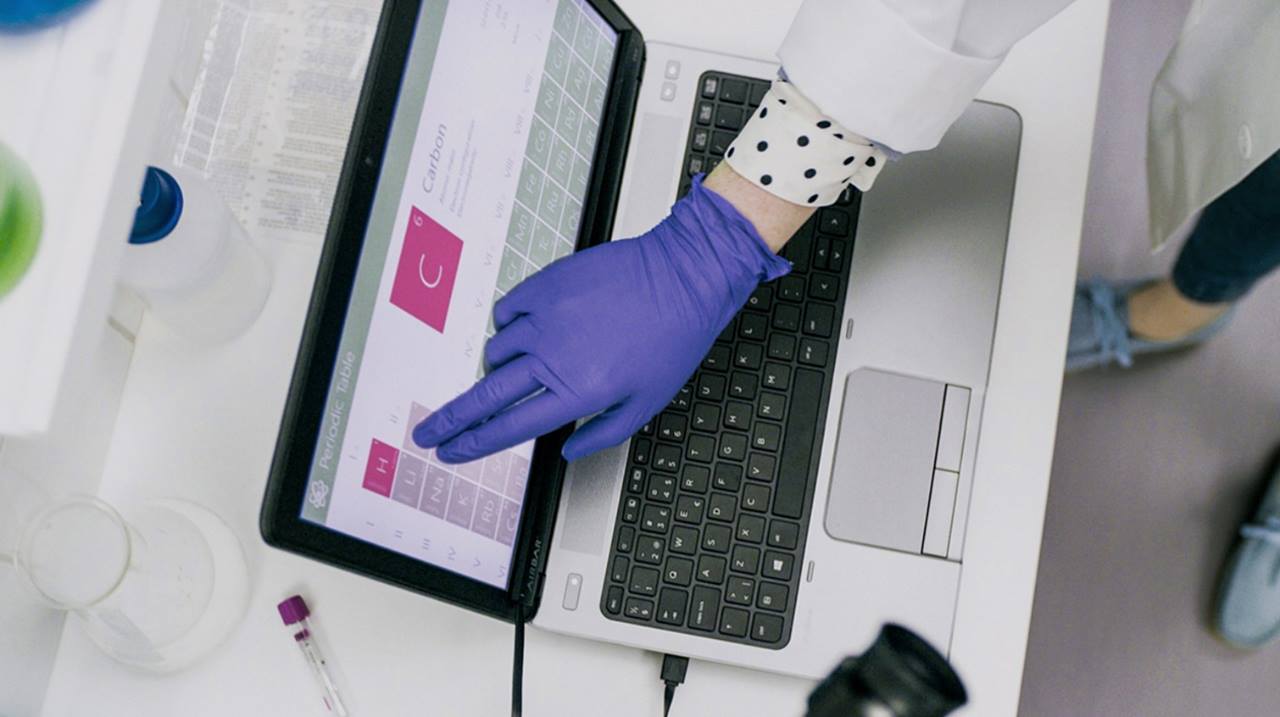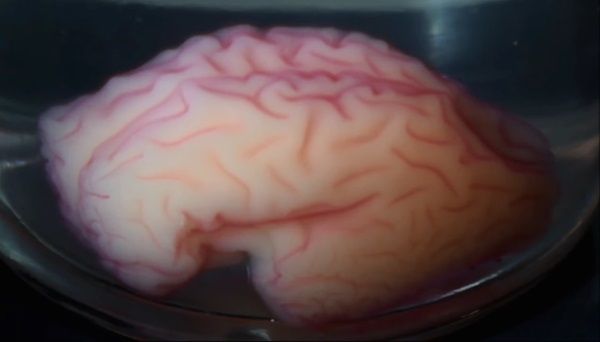Feb 4, 2016
Perspectives on the Cyber Physical Human World
Posted by Karen Hurst in categories: cybercrime/malcode, privacy, quantum physics, robotics/AI, security
The 6th annual European Smart Grid Cyber Security conference (7th – 8th March 2016)
Boy! I wish I could attend this meeting. I can imagine all of the conversations now “Quantum” & “Cyber Attacks” with some good old AI thrown in the mix. I am also guess that the 2 articles this week on the NSA maybe brought up too.
SMi Group reports: The MITRE Corporation will be presenting at the SMi’s 6th annual European Smart Grid Cyber Security conference (7th – 8th March 2016)


















